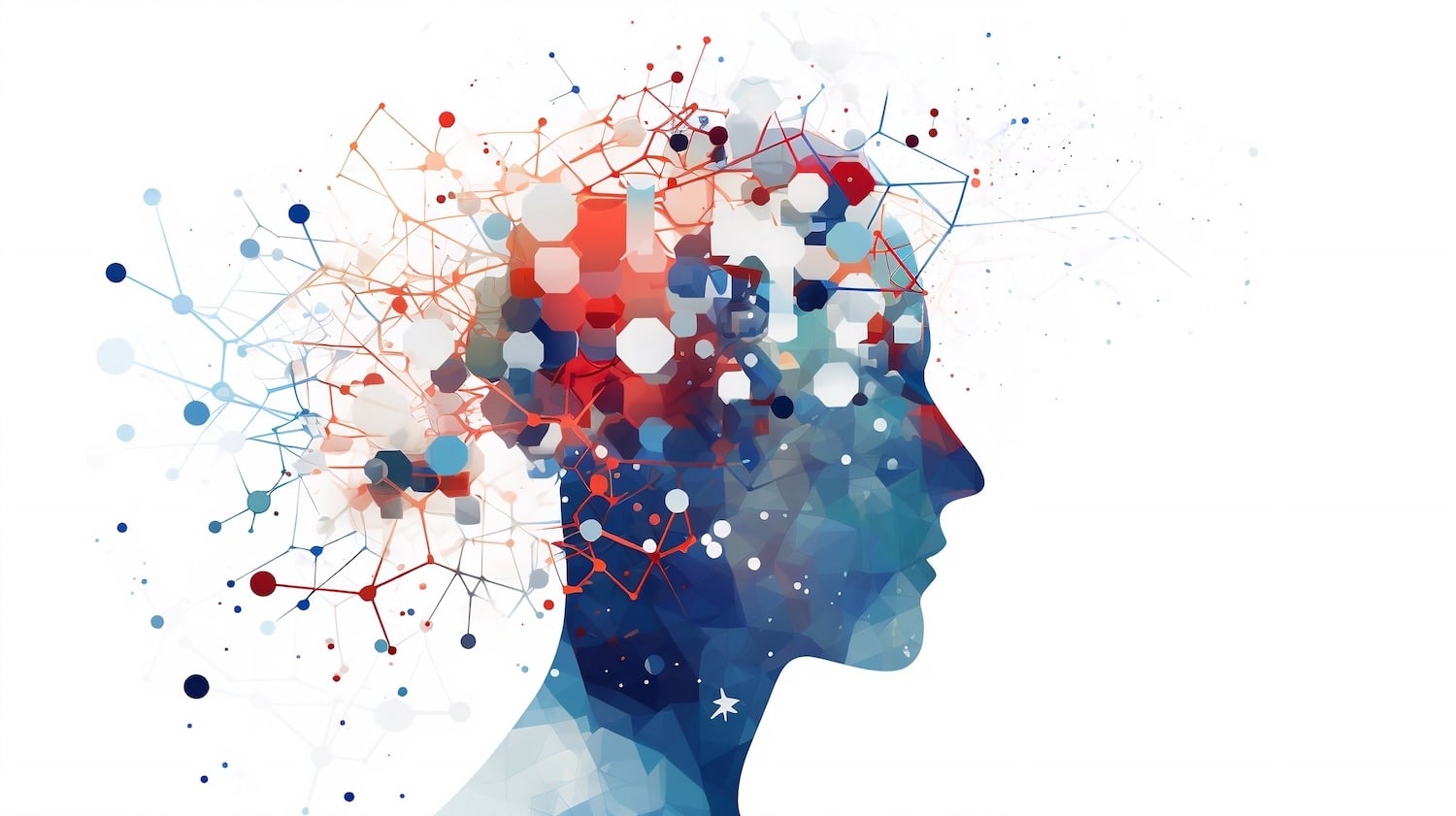What Is Ambien?
Ambien or zolpidem tartrate belongs to a class of drugs known as sedative-hypnotics. It works as a mild anti-anxiety drug and muscle relaxant. It also makes you very drowsy. In essence, it mimics what happens in the body during natural sleep. Ambien has a number of known side effects. Some of the more common side effects include day-after drowsiness, short-term memory loss, and dizziness. You can also develop dependence after short-term use, which can lead to withdrawal symptoms when you stop.

Ambien Withdrawal Symptoms
Getting Off Ambien Safely – DIY Tapering
Getting Off Ambien Safely – Professional Help
If you use higher doses of Ambien, you should strongly consider professional help from a drug rehab program. If necessary, they can provide substitution drugs that make the withdrawal process less painful. They’ll also follow a tapering program, but with the added benefit of medical supervision. A rehab program also provides benefits not available during a DIY tapering program. Ambien addiction creates similar consequences to any other addiction. You’ll experience cravings and certain locations or stressors will make you want to take Ambien again. In a rehab program, you get access to classes and therapies, such as:
These therapies can teach you about what to expect moving forward. They also help prepare you with coping skills for cravings and triggers.



